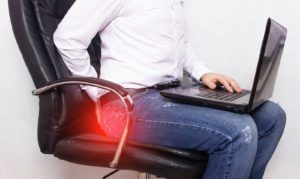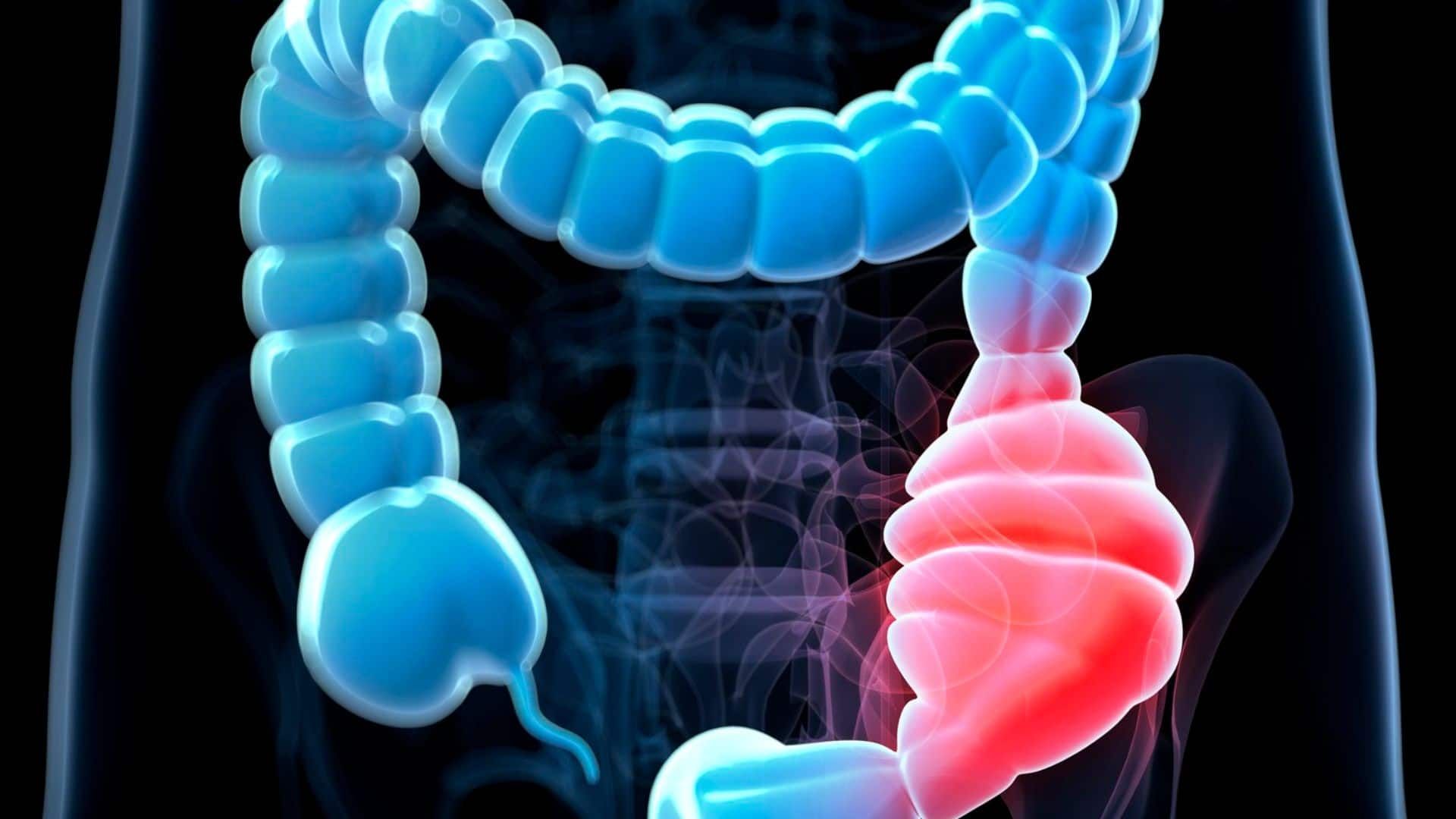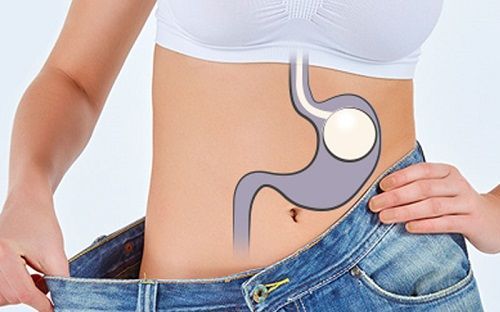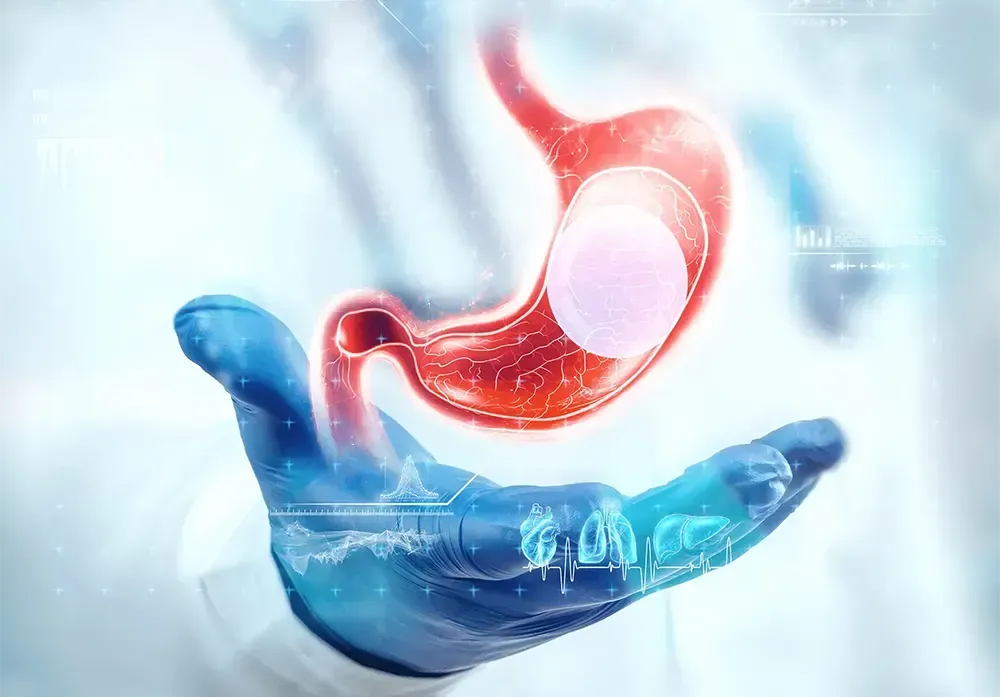About Hemorrhoid Treatments: Symptoms and Diagnosis

- Hemorrhoids are normal vascular structures in the anal canal, arising from a channel of vessels
- External hemorrhoids are located distal to the dentate line
- Internal hemorrhoids are located proximal to the dentate line
- Mixed hemorrhoids are located both proximal and distal to the dentate line
While no widely used classification system of external hemorrhoids exists, internal hemorrhoids are graded according to the degree to which they prolapse from the anal canal:
- Grade I hemorrhoids are visualized on anoscopy and may bulge into the lumen but do not prolapse below the dentate line
- Grade II hemorrhoids prolapse out of the anal canal with defecation or with straining but reduce spontaneously
- Grade III hemorrhoids prolapse out of the anal canal with defecation or straining, and require manual reduction
- Grade IV hemorrhoids are irreducible and may strangulate
The development of symptomatic hemorrhoids has been associated with advancing age, diarrhea, pregnancy, pelvic tumors, prolonged sitting, straining, chronic constipation, and patients on anticoagulation and antiplatelet therapy, although it is unclear if the association is causal.
Approximately 40 percent of individuals with hemorrhoids are asymptomatic. Symptomatic patients usually seek hemorrhoid treatment for rectal bleeding, pain associated with a thrombosed hemorrhoid, perianal itching, or fecal soilage.
- Hemorrhoidal bleeding is almost always painless and is usually associated with a bowel movement, although can be spontaneous. The blood is typically bright red and coats the stool at the end of defecation or may drip into the toilet. Occasionally, bleeding can be copious and can be exacerbated by straining. In rare cases, chronic blood loss can cause iron deficiency anemia.
- Patients may complain of mild fecal incontinence, mucus discharge, wetness, or a sensation of fullness in the perianal area due to a prolapsed internal hemorrhoid.
- Irritation or itching of perianal skin is a common symptom of hemorrhoidal disease.
- Patients may present with acute onset of perianal pain and a palpable perianal “lump” from thrombosis. Thrombosis is more common with external hemorrhoids as compared with internal hemorrhoids. Thromboses of external hemorrhoids may be associated with excruciating pain as the overlying perianal skin is highly innervated and becomes distended and inflamed. Thrombosed internal hemorrhoids can also cause pain, but to a lesser degree than external hemorrhoids. An exception is when internal hemorrhoids become prolapsed, strangulated, and develop gangrenous changes due to the associated lack of blood supply.
The diagnosis is established by the exclusion of other causes of similar symptoms and by visualization of hemorrhoids.
In patients with bright red blood per rectum or those suspected of having a thrombosed hemorrhoid, in whom hemorrhoids were not detected on digital rectal examination, we perform an anoscopy to evaluate the anal canal and the distal rectum. Internal hemorrhoidal bundles appear as bulging purplish-blue veins.
Colonoscopy is sometimes performed in order to rule out other conditions that could be causing rectal bleeding.
Source: Update ®
Learn More About Hemorrhoid Treatments
What Causes Hemorrhoids
Hemorrhoid Treatment And Classification
The Crh Oregan System Hemorrhoid Treatment
The post About Hemorrhoid Treatments: Symptoms and Diagnosis appeared first on Gastro SB.










